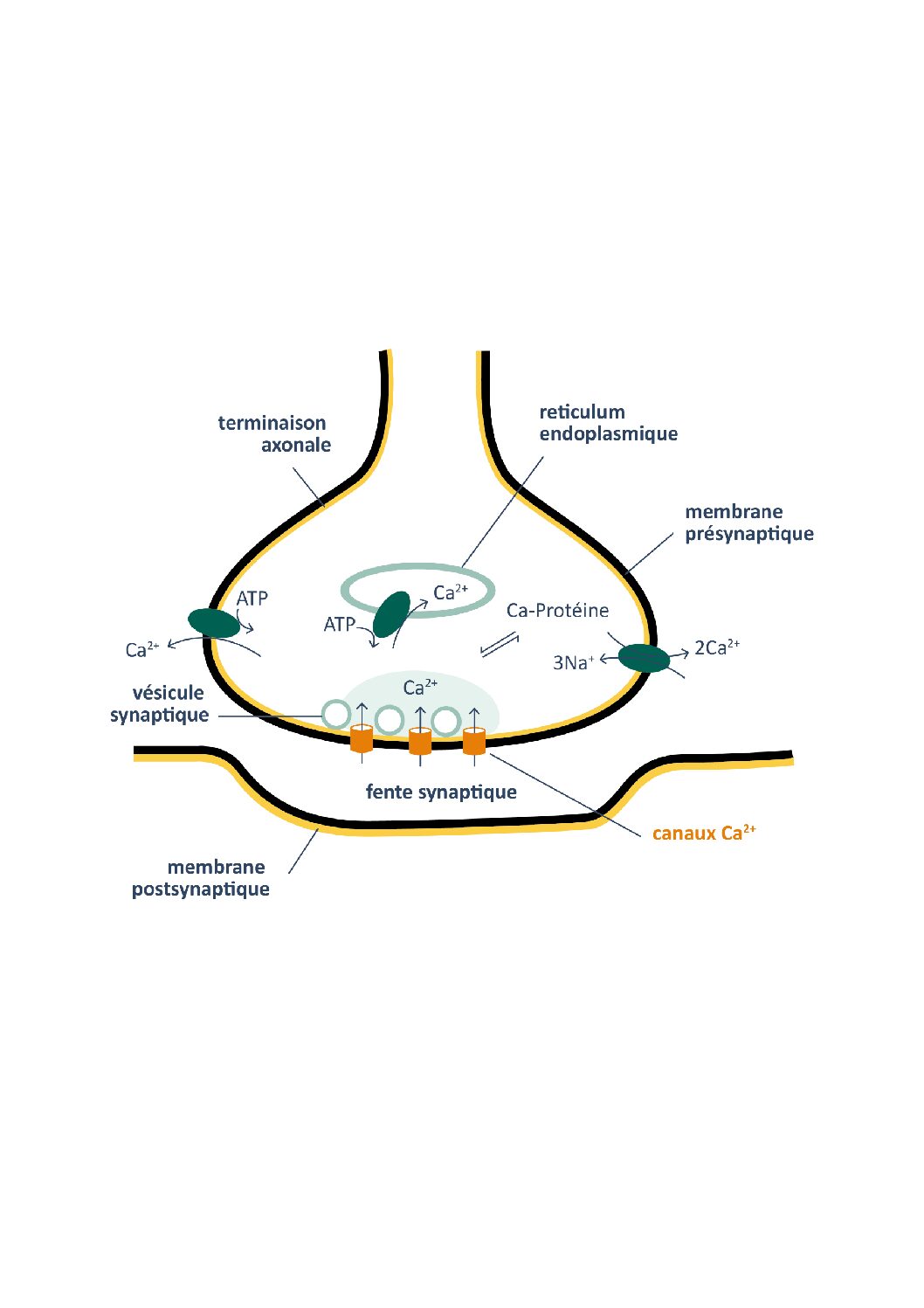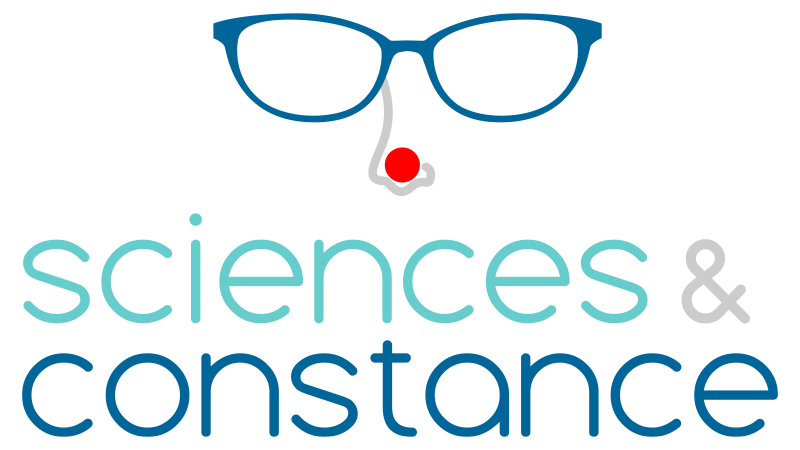Publications in neurosciences: Regulation of calcium-permeable channels and calcium oscillations

BLUET-PAJOT T, TOLLE V, ZIZZARI P, ROBERT C, HAMMOND C, MITCHELL V, BEAUVILLAIN JC, VIOLLET C, EPELBAUM J AND KORDON C (2001) Growth hormone secretagogues and hypothalamic networks. Endocrine, 2001, 14: 1-8.
ROBERT C, TSEEB V, KORDON C, HAMMOND C (1999) Patch-clamp-induced perturbations of [Ca2+]i activity in somatotropes. Neuroendocrinology, 1999, 70 343-52
BLUET-PAJOT T, EPELBAUM J, GOURDJI D, HAMMOND C AND KORDON C (1998) Hypothalamic and hypophyseal regulation of growth hormone secretion. Cellular and Molecular Neurobiology 1998, 18101-123
KWIECIEN R AND HAMMOND C (1998) Differential management of Ca2+ oscillations by anterior pituitary cells: a comparative overview. Neuroendocrinology, 1998, 213 1-17
KWIECIEN R, ROBERT C, CANNON R, VIGUES S, ARNOUX A, KORDON C AND HAMMOND C (1998) Endogenous pacemaker activity of rat tumour somatotrophs. J. Physiology,1998, 508 883-905
KWIECIEN R, TSEEB V, KURCHIKOV A, KORDON C AND HAMMOND C (1997) Growth hormone releasing hormone triggers pacemaker activity and persistent Ca2+ oscillations in rat somatotropes. J. Physiology, 1997, 499 613-623
HAMMOND C, CREPEL V, GOZLAN H AND BEN ARI Y (1994). Anoxic LTP sheds light on the multiple facets of NMDA receptors. Trends in Neurosciences, 1994, 17 497-503
CREPEL V, ANIKSZTEJN L, BEN ARI Y AND HAMMOND C (1994). Glutamate metabotropic receptors increase a calcium-activated nonspecific cationic current in CA1 hippocampal neurons. J. Neurophysiology, 1994, 72 1561-1569
CREPEL V, HAMMOND C, CHINESTRA P, DIABIRA D AND BEN ARI Y (1993). A selective LTP of NMDA receptor-mediated currents induced by anoxia in CA1 hippocampal neurons. J. Neurophysiology, 1993, 70 2045-2055
CREPEL V, HAMMOND C, KRNJEVIC K, CHINESTRA P AND BEN ARI Y (1993). Anoxia-induced LTP of isolated NMDA receptor-mediated synaptic responses. J. Neurophysiology, 1993, 69 1774-1778
MORTON J, HAMMOND C, MASON WT AND HENDERSON G (1992). Characterization of the L- and N- type calcium channels in differentiated SH-SY5Y neuroblastoma cells: single channel recording and calcium imaging. Brain Res Mol Brain Res. 1992 (1-2):53-61.
SEWARD E.P, HAMMOND C. AND HENDERSON G (1991). mu-opioid receptor-mediated inhibition of the N-type calcium channel current in differentiated SH-SY5Y neuroblastoma cells. Proc. Roy. Society 1991, B 244 129-135
GERSCHENFELD HM, PAUPARDIN-TRITSCH D, HAMMOND C ET HARRIS-WARRICK R (1989) Role of G proteins and second messengers in modulation of voltage dependent calcium current in snail neurons. Protein phosphorylation and neuronal function. Eds E. Costa, Raven Press, 1989, New York.
PAUPARDIN-TRITSCH D, HAMMOND C, HARRIS-WARRICK R, AND GERSCHENFELD (1988) Neurotransmitter-induced regulation of a voltage dependent calcium current in identified snail neurons Modulation of synaptic transmission and plasticity in nervous system, (G. Hertting and H. Ch. Spatz edo), 1988 271-289
HARRIS-WARRICK R, HAMMOND C, PAUPARDIN-TRITSCH D, HOMBURGER V, ROUOT B, BOCKAERT J, AND GERSCHENFELD HM (1988) An Alpha40 subunit of a GTP binding protein immunologically related to mammalian alpha0 mediates a dopamine-induced decrease of calcium current in snail neurons. Neuron, 1988, 1 27-32
HAMMOND C, PAUPARDIN-TRITSCH D, NAIRN A, GREENGARD P, AND GERSCHENFELD HG (1987) Cholecystokinin induces a decrease in Ca2+ current in snail neurons that appears to be mediated by protein kinase C. Nature, 1987, 325 808-811
PAUPARDIN-TRITSCH D, HAMMOND C, GERSCHENFELD HG, NAIRN A, AND GREENGARD P (1986) cGMP dependent protein kinase enhances Ca2+ current and potentiates the serotonin-induced Ca2+ current increase in snail neurons. Nature, 1986, 323 812-814
GERSCHENFELD HG, HAMMOND C, AND PAUPARDIN-TRITSCH D (1986) Modulation of the calcium current of molluscan neurons by neurotransmitters. J. Exp. Biol., 1986, 124 73-91
PAUPARDIN-TRITSCH D, HAMMOND C, AND GERSCHENFELD HG (1986) Serotonin and cyclic GMP both induce an increase of the calcium current in the same identified molluscan neurones. J. Neuroscience, 1986, 6 2715-2723
